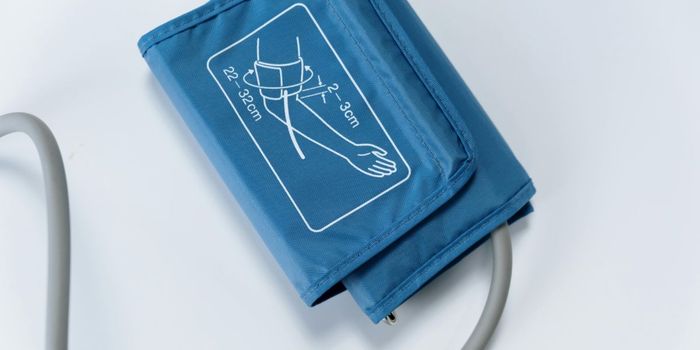Why Heart Disease Is on the Radar With Cystic Fibrosis
Cystic Fibrosis (CF) impacts roughly 35,000 people in the United States. CF results in a mutated form of the cystic fibrosis transmembrane conductance regulator (CFTR), leading to dysfunction of a specific ion channel, ultimately causing increased water movement across the epithelium, particularly in the lungs. Due to the formation of mucus plugs as a result of this process, airways become blocked and infection risk increases. Therefore, this recessive disease is well known to have a devastating impact on lung function and quality of life. Given that this mutation can impact other organ systems, such as the gastrointestinal system, features such as pancreatic enzyme deficiency may emerge. The prevalence of cardiovascular disease in the CF population is also high. Studies have estimated that with a mean age of 33, roughly 10% of patients with CF have heart failure and 4% have had an acute myocardial infarction (MI). This contrasts with the general population where the prevalence of heart failure and MI are about 2% and 3%, respectively. Nevertheless, the mechanisms through which CF impacts the cardiovascular system are not as well understood. Chronic hypoxemia with CF can indirectly lead to cardiovascular issues through a variety of mechanisms. However, CFTR is expressed in cardiac myocytes and blood vessels, and the direct effect of CFTR malfunction on the cardiovascular system has yet to be thoroughly explored.
A review published in 2021 assessed 12 high-quality studies to explore various theories to explain CF's direct or indirect impact on the cardiovascular system. Chronic hypoxemia with CF can lead to heart failure due to the development of hypoxia-induced pulmonary vasoconstriction and right ventricular hypertrophy. However, in patients without overt pulmonary hypertension, various mechanisms have been put forth to explain right ventricular failure, such as endothelial dysfunction and oxidative stress. Interestingly, it has recently been found that loss of CFTR function may directly lead to cardiac insufficiency due to this protein's involvement in regulating cardiomyocyte contraction. Similarly, pathology that impacts the myocardium may also be seen in left ventricular dysfunction. Children with CF may exhibit myocardial scarring in the left ventricle, which has been explained by specific nutritional deficiencies that may adversely impact myocardial metabolism. Neurohormonal irregularities have also been seen. Angiotensin II and aldosterone (two hormones that regulate blood pressure and other functions) are increased in CF and are shown to stimulate scar tissue synthesis in myocytes. Such a finding has therapeutic implications as angiotensin-converting enzyme (ACE) inhibitors could theoretically combat this by reducing the amount of angiotensin II production. CFTR is also found in vascular endothelium, and CF may lead to reduced nitrous oxide production, thereby contributing to arterial stiffness and disease.
In the past few decades, the life expectancy of people living with CF has greatly improved. As such, a better understanding of the cardiovascular implications of this disease is necessary to improve the quality of life for this aging CF population. This review contributes to understanding the various pathological mechanisms that help explain direct and indirect effects of CF on the cardiovascular system. However, our understanding of the relationship between CF and heart disease is still in its infancy. More studies will be required to better describe the multiple pathways involved in cardiovascular dysfunction, how they interact, and how they can be leveraged for therapeutic purposes in CF.
Sources: Centers for Disease Control and Prevention, MedPageToday, Cureus









